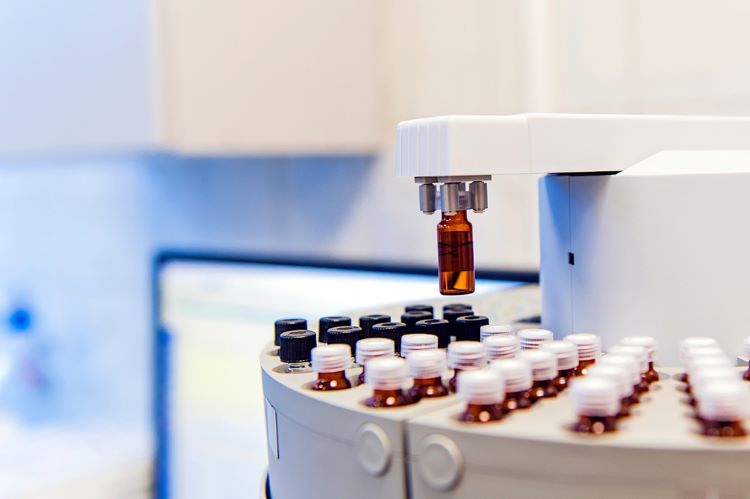Pharmaceutical migration study sampling procedure reported
Posted: 25 August 2023 | Catherine Eckford (European Pharmaceutical Review) | No comments yet
A study incorporating new methodologies has described a stratified sampling procedure used for analyte response evaluation in pharmaceutical migration studies.


A paper published in Molecules has detailed a strategy and evaluation approach for acceptable classification of species usually detected in migration studies. This can therefore support extractable and leachable (E&L) studies.
Migration studies are one of the few domains of QA/QC pharmaceutical analysis employing wide-scope screening methodologies, the paper noted. The studies were conducted using Liquid Chromatography or Gas Chromatography coupled to a mass spectrometer (LC-MS and GC-MS).
Novel methodologies such as Design of Experiments (DoE) for Design Space generation were incorporated. The LC-MS-based methodology was also evaluated for its robustness in changes performed.
Kritikos et al. aimed to establish one or more internal standards to be introduced in routine analysis to improve the accuracy of semi-quantitative results. The researchers also sought to establish a value for the uncertainty factor based on use of the internal standards that provide sufficient coverage.
Contaminants in pharmaceutical packaging
For clarity, the authors described that the aim of extractable studies are to: “identify the freely available substances present in a given material.” In the case of leachable species profiling studies, these focus on “investigating contaminants in the actual product formulation.”
Kritikos et al. highlighted that polymeric materials commonly used as containers in the pharmaceutical industry contain several additives used to enhance the container’s properties. The authors shared examples of typical classes of additives: antioxidants, plasticisers, anti-degradants, colourants and adhesives.
Application for extractable and leachable species
These analyses help lab personnel to create a list of potential contaminants present, Kritikos et al. stated. “Considering the large diversity of extractable and leachable species observed, as well as the lack of commercially available reference standards, the listed compounds may serve as surrogate standards for performing semi-quantitation.”
A common approach to quantitation is the use of internal standards. The authors wrote that the biggest contributor to analytical uncertainty in quantitation, in relation to LC-MS-based methodologies, is a difference in the propensity for the induction of a response. However, for mass spectrometric techniques, the response is dependent on the respective species, according to the paper.
Study method
The research on migration studies used a stratified sampling procedure to select representative analytes for analyte response evaluation. The stratification was based on physicochemical properties relevant to each methodology (logP, volatility, and ionisable and polarisable chemical moieties).
Several approaches for determining the uncertainty factor were proposed in the paper. However, the most accurate proposition was determined to involve the establishment of Relative Response Factor (RRF) values for the different substances covered.
A strategy was formulated based on the response slopes of the analytes. Internal standards for primary compound evaluation were selected. Additionally, the protective power of the process was estimated, taking into consideration the currently proposed uncertainty factor and/or proposing the establishment of a different value.
The internal standards selected for LC-MS allowed proper classification of other species as “above the AET” for over 76.9 percent of chemicals when taking the standard UF value of 0.50 into consideration, within the context of the instrumental parameters used for detection and chromatographic separation.
Kritikos et al. concluded that due to the high variability observed in LC-MS, generation of a design space where the evaluation is not compromised by changes in critical parameters of the chromatography and ionisation was defined. “Based on the application of a minimal 22 factorial design and its evaluation using RMS, it was possible to find an optimal condition space with the required ‘ruggedness’ to unintended but expected changes occurring.”









